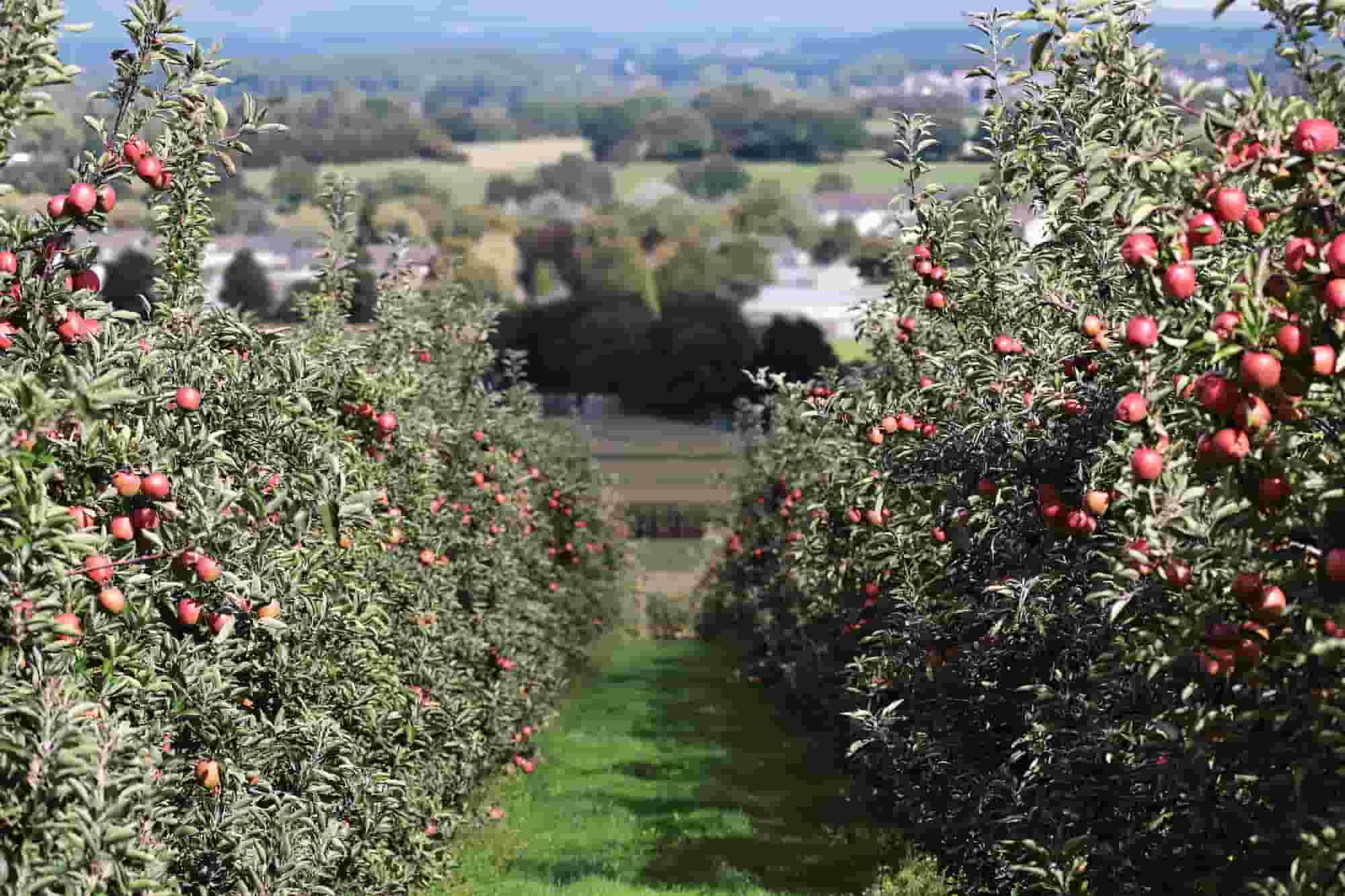
Fruit trees for beginners
Discover our selection of fruit trees that are easy to grow across France
Contents
We all dream of biting into a ripe apple, just harvested from our garden. Or of savouring delicious homemade jams made with cherries from our orchard. Yet, from dream to reality there are several years of waiting, since some fruit trees take a long time to bear fruit. Moreover, planting, maintaining, pruning and sometimes treating a fruit tree requires a little attention, some knowledge and a lot of patience. However, some fruit trees are known for being easier to establish in an orchard or simply a garden. Discover our selection of fruit trees easy to grow and therefore best suited to beginners.
Key requirements to successfully grow a fruit tree
To give yourself the best chance and hope one day to harvest beautiful, well-formed, sun-ripened and deliciously juicy fruit, you must still observe a few common-sense rules.
- Thus, when you are a beginner in growing fruit trees, it is better to start with sturdy, robust varieties that need little care and withstand cold. If you live in an area where frosts can be late, avoid, for example, apricot or peach trees whose flowers may freeze.
- If you plan to plant several trees, mix genera and species with different flowering times. This avoids, on the one hand, diseases or insect attacks that affect only a single species and, on the other hand, spreads your harvests over a longer period. Finally, it reduces risk of frozen flowers.
- Choose local varieties adapted to your terroir which will have a better chance of setting fruit under climatic conditions specific to your region.
- Carefully assess the ground where you intend to plant your fruit trees. Is it clayey, silty, sandy, calcareous, acidic or neutral…? For example, an apricot tree does not do well in heavy soil, an almond tree prefers calcareous soils, a cherry tree prefers light soil… Also essential for a fruit tree is drainage. Your soil must be perfectly drained to avoid any excess moisture. Planting a fruit tree in a valley bottom is therefore not recommended.
- Location is also crucial. To set fruit, a fruit tree needs sun. A south-east or south-west aspect is preferable. And above all, shelter from cold, strong winds.
- Choose fruit tree varieties that are little prone to disease and that fruit easily and quickly. And above all self-fertile. A self-fertile fruit tree is fertilised by its own pollen, which means a single tree is sufficient. This is the case for apricot, peach and fig trees. However, some plum varieties can be self-fertile. By contrast, a self-sterile fruit tree needs pollen from another tree to be fertilised. This involves cross-pollination between compatible varieties and requires some knowledge.
- Opt for trees that are easy to prune. Thus, fruit trees generally do not require heavy pruning, whereas the peach tree needs green pruning. Prefer open, free-standing forms and avoid trained forms such as fan, cordon or espalier that demand intensive maintenance pruning.
Minimal maintenance for abundant fruiting
Whatever genera of fruit trees are chosen, they require minimum care: regular watering for the three years following planting, especially in dry, hot weather, fertilisation with compost or manure after fruiting, fruit thinning to avoid exhausting the tree, constant monitoring to prevent diseases, whitewashing of the trunk if necessary.
Discover other Fruit trees
View all →Available in 0 sizes
Available in 1 sizes
Available in 0 sizes
Available in 1 sizes
Available in 1 sizes
Available in 1 sizes
Available in 1 sizes
Available in 1 sizes
Available in 1 sizes
Available in 1 sizes
Easiest fruit trees for beginners
Some species are easier to grow than others and are therefore preferable for anyone wanting to plant a fruit tree in their garden.
Plum tree (Prunus domestica)
The plum tree is certainly the easiest fruit tree to grow. It has very few requirements regarding soil, is easy to grow and can be planted in all climates, up to 1000 m altitude. It is very hardy and not very susceptible to disease. Only maintenance pruning is necessary to remove damaged branches. If given a sunny position and well-drained soil, it will produce an abundant crop of fruit in various colours, shapes and flavours depending on variety. It also grows fairly quickly.
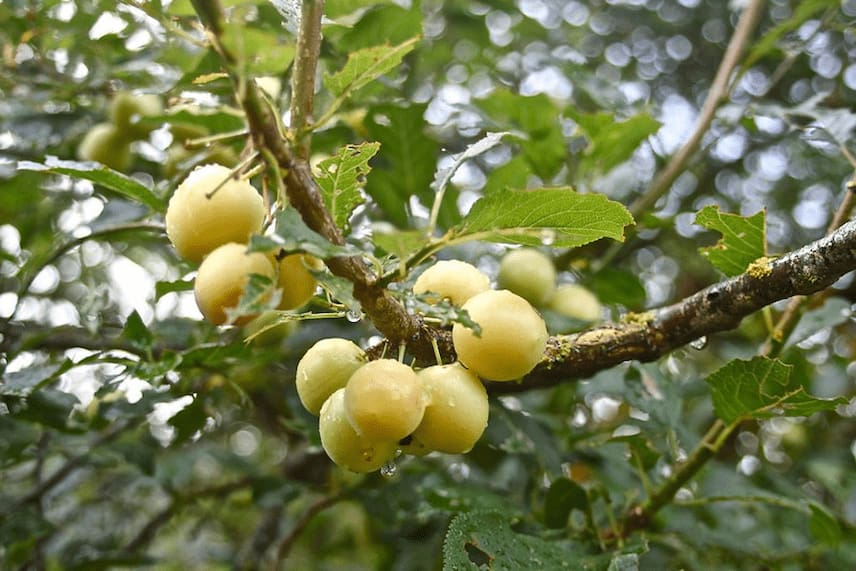
Many plum trees are self-sterile, so choose self-fertile varieties such as :
- Mirabelle de Nancy plum tree, hardy beyond -15°C and resistant to disease. Very productive and yields very sweet fruit.
- Quetsche d’Alsace plum tree: a mid-late variety that produces large elongated violet-coloured fruits in early September.
- Queen Victoria plum tree: a lesser-known but interesting variety for its round fruits that range from red to yellow. Mid-late variety.
- Reine‑Claude d’Oullins plum tree: a vigorous, hardy variety that produces well-formed spherical yellow fruits from late July to August.
If you want to plant several plum trees, discover our selections of organic Reine‑Claude pollinator duos.
Cherry tree (Prunus cerasus)
The cherry tree is an easy-to-grow fruit tree and cold-hardy. That is why it is grown in (almost) all regions of France, in sun and sheltered from wind, and below 1000 m altitude. Undemanding regarding soil, it can grow almost anywhere except in heavy clay soils that cause waterlogging. It does not much like pruning, which can weaken it, and does not need any particular care.
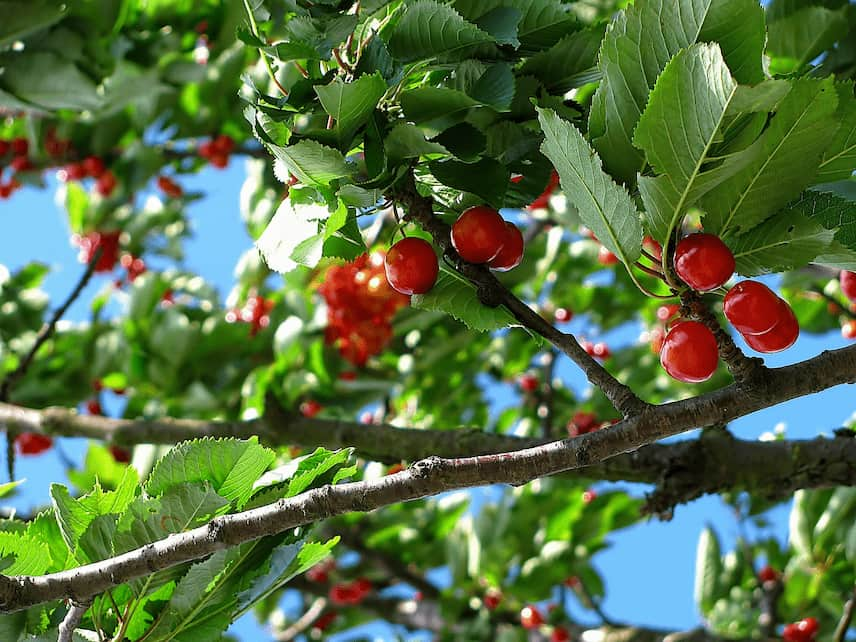
Our self-fertile varieties :
- Bigarreau Summit cherry tree: very large sweet fruits from June. Hardy beyond -15°C.
- Griotte de Montmorency cherry tree: an old variety with slightly tart fruits, perfect for jam or preserves.
- Bigarreau de la Saint‑Jean cherry tree: a variety that yields large sweet fruits in June. With late flowering, it is not susceptible to late frosts.
If you have a little space, discover our ideas for cherry tree pollinator duos.
Japanese persimmon (Diospyros kaki)
A surprising fruit tree, the persimmon produces persimmons as large as tomatoes and of a beautiful orange colour. The fruits are astringent and are therefore eaten over-ripe.

Hardy down to -20°C, the persimmon can be grown as far north as the Paris region. It requires very little care, well-drained soil and a sunny position. It is also very ornamental with its purple foliage in autumn and its fruits still attached to the branches after the leaves have fallen.
- Subscribe!
- Contents
































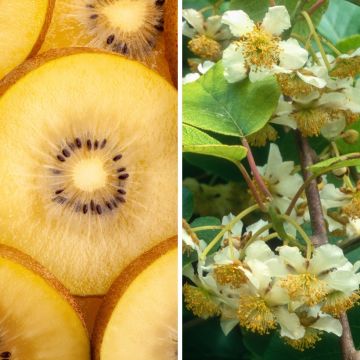
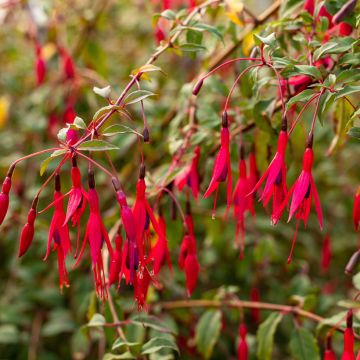
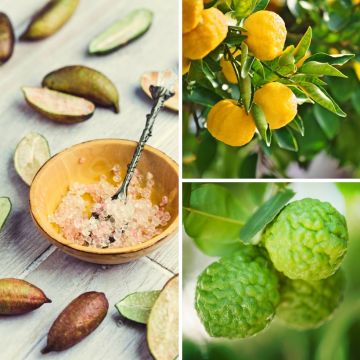
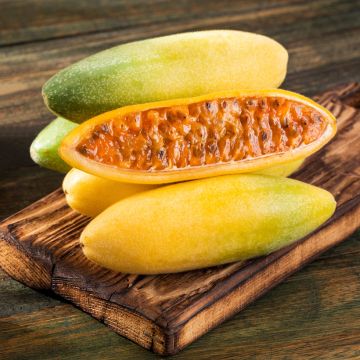
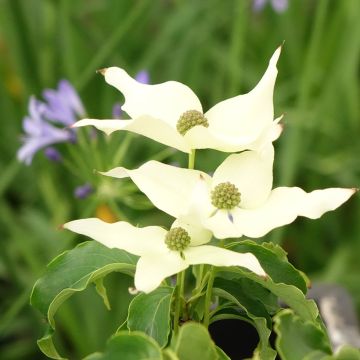
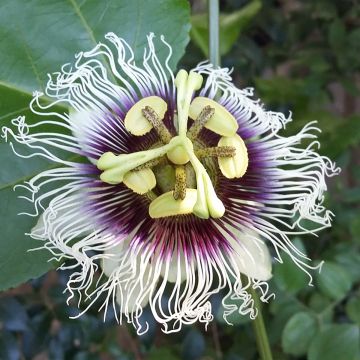
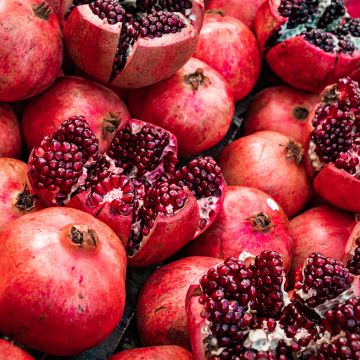
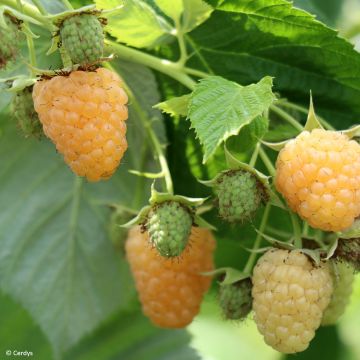
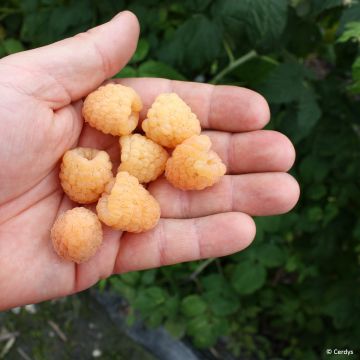
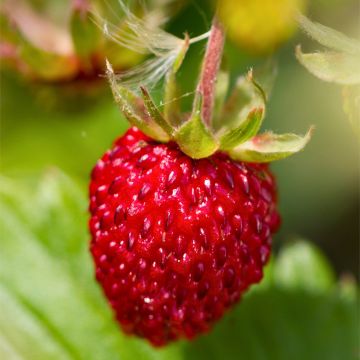
Comments